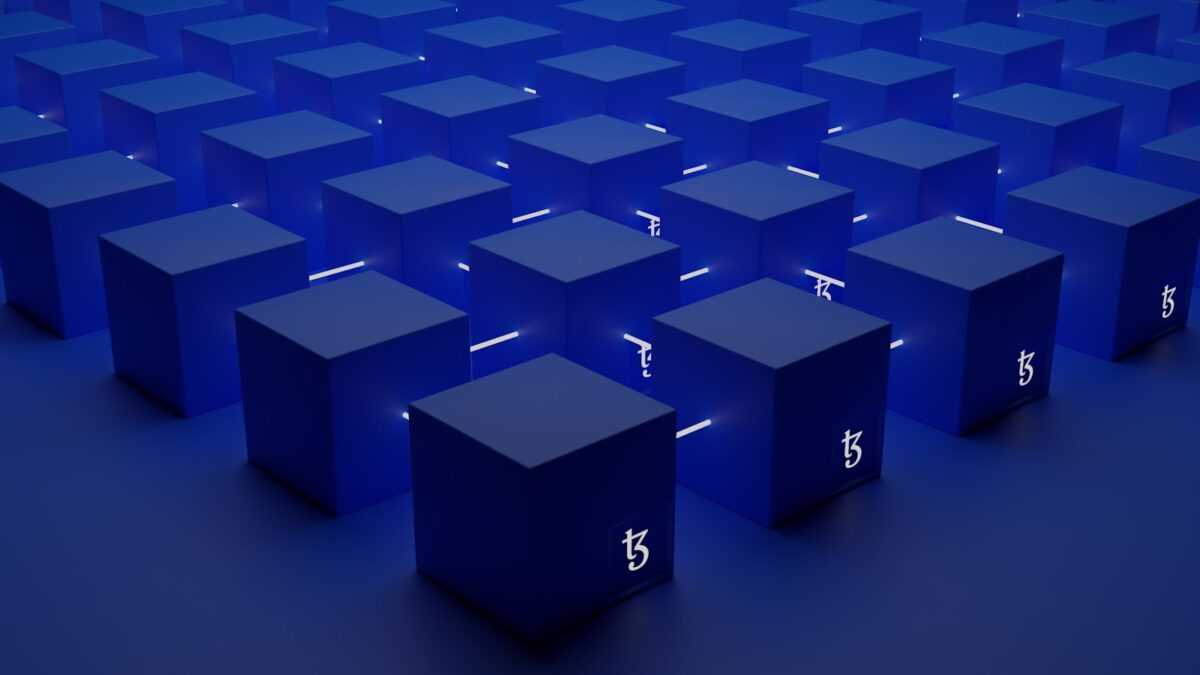Monitoring tools – blockchain network observation
Accurate assessment of distributed ledger systems hinges on real-time tracking of key indicators such as transaction throughput, latency, and node synchronization. Employing advanced software for comprehensive metrics collection enables precise evaluation of operational health and anomaly detection across decentralized infrastructures. For instance, integrating continuous analytics platforms capable of parsing consensus efficiency alongside resource utilization offers … Read more










